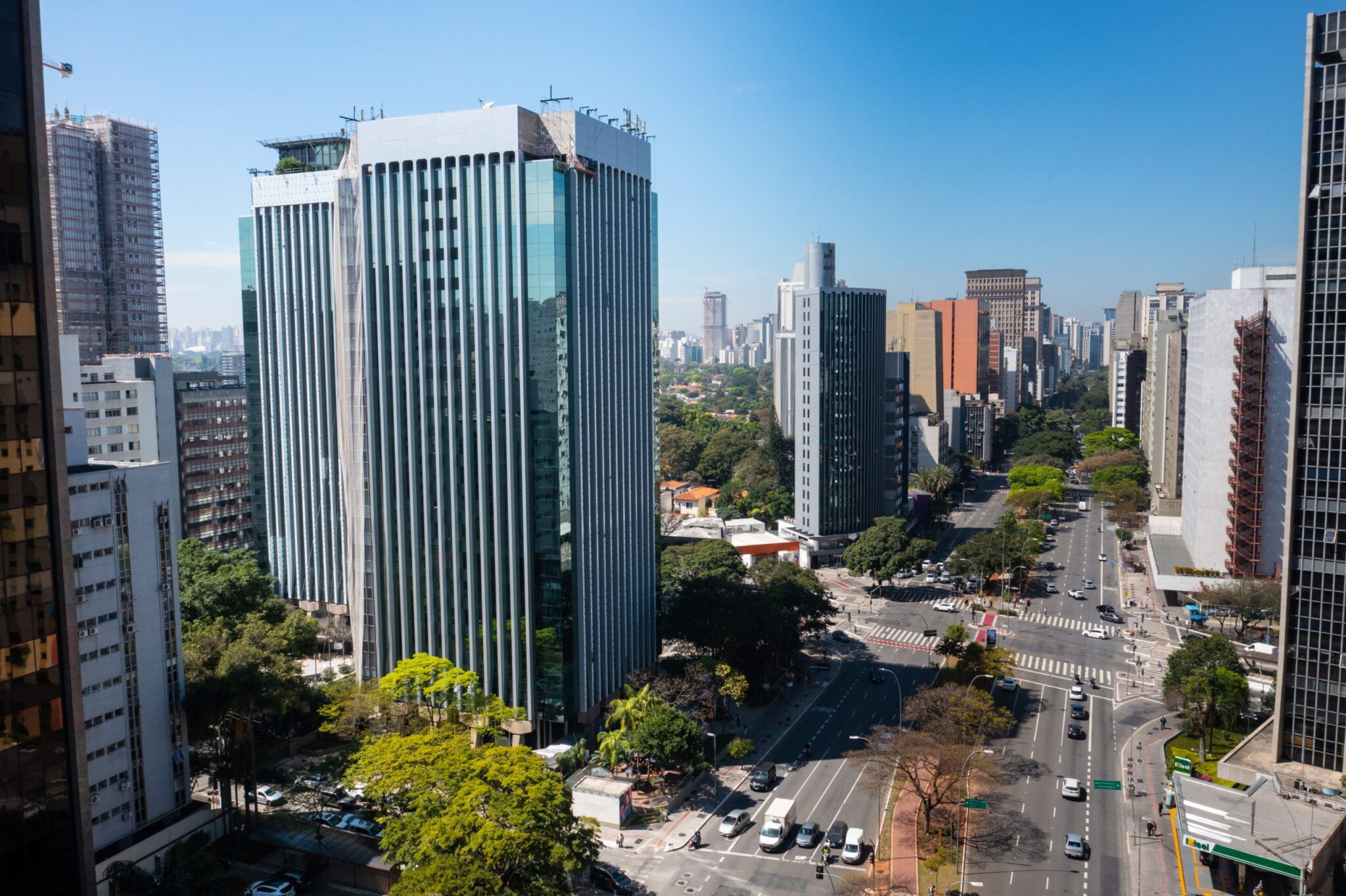In the industry of Manufactured Housing in the U.S.
In the residential segment in the united states is broken down into 3 categories: multi-family, single-family, and manufactured homes. The first type is very similar to the buildings, there are several apartments, each for a rental for a family or group of friends, students, and the second is made up of houses built on the site, and leased out to a single family; and in the third one (S) the aim of the houses are pre-fabricated, assembled at the factory and are delivered via a truck at the destination location. The houses are located inside a building with excellent infrastructure of the academy, lakes, ponds, swimming pools, etc.
There are three REITs in the whole of the north-american market, which operates in the segment. SUI-Sun Communities), ELS-Equity Lifestyle), and UMH (UMH Properties). They are responsible for about 5% of the total assets of MORE of US, that is, it is a market that is highly fragmented, with the competitors, a little sophisticated, and it has a great potential for growth, especially via the acquisition (external growth).
These REITs are also a piece of its portfolio exposed to the other's business, and 10-30% of the RV (Recreational Vehicle) you are driving home,” or more commonly known by the trailers, the ones we see in the Hollywood movies. The owners of RVs, locam of the land area in the condo all over the world. This is where REITs are also making money, and offer all of the structure, energy, and gas infrastructure for recreation (swimming pools, ponds, etc.). In the end, most recently, of these REITs have been in the sector of Marine (0-15% of the total area), which is the rental of a marina for boats/power boats, but also by providing the space, services and maintenance, such as food, drink, and gas.
Made this intro, let's get to the basics of the MH, the most important of them all, with about 70% of the portfolio of REITs. In the last decade, the REITs in S have not only the best performance within the residential segment, but it is also one of the best performances out of all of the other segments that are part of the REITs. Looking to the future, we are very convinced that this is the residential category is going to continue to perform very well.
To put it in perspective, 1 in 12 americans live in a home that is pre-assembled. The quality of living varies from place to place, and the structure of the co-ownership. In these tenements, for the most part, they are located on the slopes of the united states.
A prefab house can cost between $60-80k, that is, it is quite expensive. The buyer of this house, it is usually the person who lives it, and not to the REIT. In other words, the one who makes all of the enhancements and upgrades to the home, it is the owner – there is a very low capex (investment and maintenance) and opex (operating expenses, energy, and water are passed on in full to the resident. The REIT makes money is the same locanda on the ground, and that's the beauty of this business is because of the plot is practically non-depreciating, and it requires little to no maintenance.
When an american decides to move in to a house is pre - fabricated, he is the one who goes to the bank to take on debt to buy it. The REIT is not exposed to credit risk. Such a person live on average 12 to 14 years old in the same house so many years ago that the tenant will stay in the same condo in paying rent every month. The “turnover”, so it is very quiet.
When a citizen decides to move out, you have two options: carry, this is the same house, or to sell. The carriage house is pre-fabricated, requires a complex process of logistics, and the cost is very high. Therefore, the easiest way is to sell it. Those who purchase the REIT, paying, on average, 50% of the value it sells for close to a resident with a gain of as much as 30%. This is done, return to the land is available for lease.
Can be rented to SAVE costs on average $600-800 a month compared to a single-family home is $ 1200-1600 / month. The REIT pays out a website for something like $ 70-90k. Thus, assuming a lease the monthly average of $ 700, and the ROI (return on invested capital) is 10% a. b. c. ... As is a business that is on the capex and the opex is very low and the return is very interesting. Add to this the fact that REITs have a cost of debt of 2.5% - 3.0% a a. a a. a return to the business, it is up to 20% of the a. a. a.
And you don't have to stop there! The increase in the annual rent is between 3 and 5% is a very doable (and history's). We're talking about $ 35.00 usd per month into the account of a resident, which is a little bit since the foundation of the rent is low. As this is a thread to accommodate up to 95% and a low employee turnover, we are talking about business resilience and high availability for growth.
In this context, the rent collection is not only kept up a thread, “and more.”, a very rich among the member states, and over 98%, as there has also been an increase in the occupancy rate, because the families came from urban areas and have been to places with a low population density of the population. Of course, it's not all wonderful. On the negative side, the business of virtual reality ended up being a hit, as many of the condos have had to close for business for a couple of months of the year. It is a standard one.
So, to conclude, in our view: invest in a city with low-complexity, management, and low cost of maintenance, operation, competition is very limited, the potential for huge growth via acquisition, financial leverage is moderate, and high occupancy and low turnover. Thesis ni-MH, is one of the favorites of the RBR Vitreo of Real Estate Globally. The REITs trade at a rate of 2.1% in a. the dividend yield and a P/FFO of 28x. The valuation is not a bargain price, but it has a lot of growth ahead of it is via the acquisition, whether by means of improving the operating performance of the properties that you have purchased, as well as an increase in the price of the rental.






